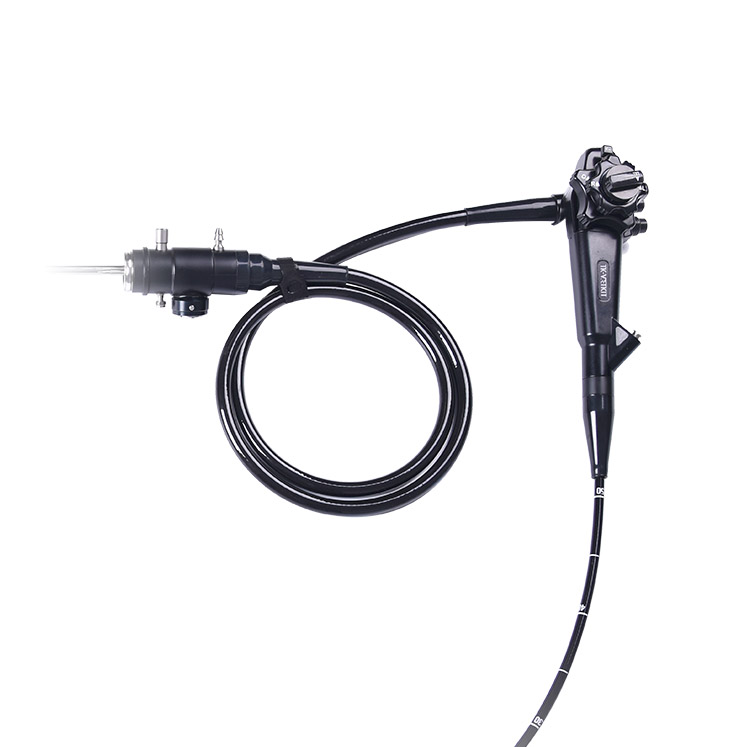Flexible Endoscopy for Diagnostic and treatment Purposes
What is flexible endoscopy?
Flexible endoscopes such as those used in the examination of the stomach consist of a long, flexible insertion tube with a bending tip at the end that enters the body, an eyepiece, and a control section. The tip of the endoscope is manipulated using a control knob in the hand piece.
In addition to the fiber bundles which provide the light source, two channels are present within the endoscope. One channel permits various endoscopic tools to be passed and fluids to be suctioned or samples taken. The other allows air or water to be passed into the stomach/intestine to insufflate (inject air into the area), or wash away mucus from the viewing port.
What procedures can be performed by flexible endoscopy?
- Bronchoscopy
- Esophagoscopy
- Gastroduodenoscopy
- Male dog urethrocystoscopy
- Nasopharyngoscopy
- Tracheoscopy
Can Flexible Endoscopy be used for diagnostic purposes?
Flexible endoscopy provides a means of direct visualization of the upper and lower GI system, it also can be used to examine the larynx, trachea, and bronchi. This allows the clinician another means of diagnosing conditions that are typically challenging to visualize via other diagnostic means.
With direct visualization, the veterinarian is able to accurately biopsy tissue samples aiding in definitively diagnosing conditions (e.g., chronic gastritis, inflammatory small bowel disease, colitis, irritable bowel syndrome, GI neoplasia).
Can Flexible Endoscopy be used for treatment?
In addition, to aiding diagnostics abilities, a clinician can utilize flexible endoscopy to retrieve foreign objects (e.g. fishhooks, coins, toys etc) using special forceps.



